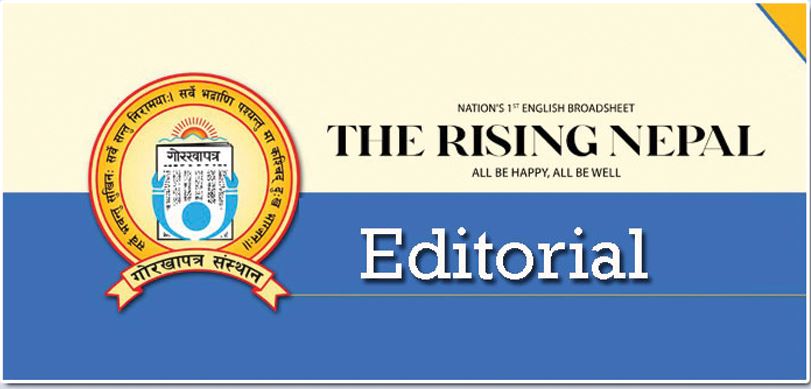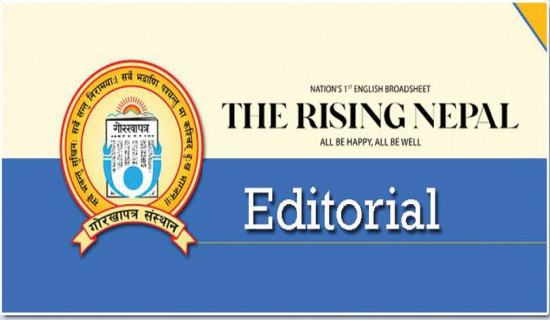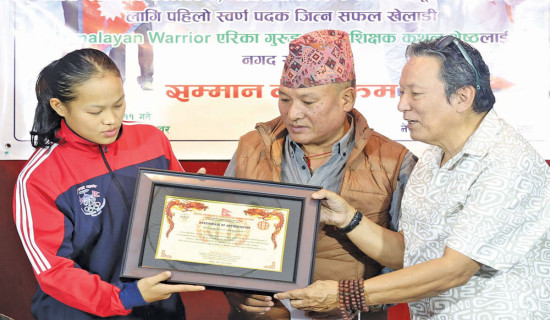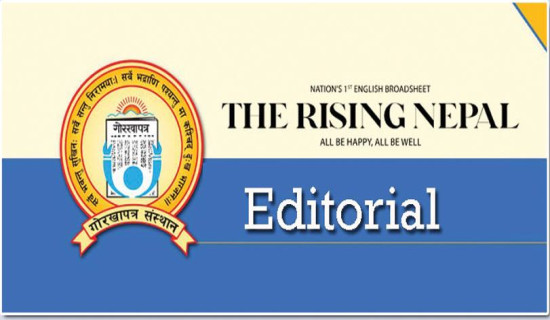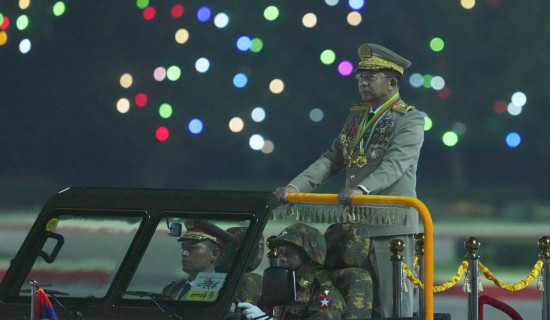- Wednesday, 29 October 2025
Stadium Safety Issue
Understanding the psychology of crowd is difficult. Bound by collective sentiment, it behaves differently from that of an individual. Spontaneous emotions define its mood and acts. It runs counter to the personality and intelligence of individual members. In emergency or rush of mood, it refuses to be dictated by any rational guidance. Characterised by petulance and impulsiveness, the crowd generates both positive and negative consequences. If it is driven by idea of common good, the crowd's verbal and physical behaviour yield positive results. If it lacks clear purpose and superior goal, it turns unruly, resulting in injuries and even loss of lives.
The mood of a crowd watching a thrilling football match is quite different from the one that gathers in the open to listen to the speeches of public figures. A crowd that takes to the street is definitely different from the one gathered in the sport stadium in terms of temperament and aims. A crowd of fans enjoys the match when his/her favourite team wins it. Joy and excitement is what characterises the crowd attending the sports events. But a crowd involved in the political movement has serious objective. It is ready even for the physical suffering. In modern sports, supportive crowds encourage the players for the better performances. But the hostile crowds erode the confidence of the players. Sometime crowds of fans show their anti-social behaviour through violent acts on the ground, causing detrimental impact on teams that they dislike.
Now cricket matches under the Nepal Premier League (NPL) is underway in the country. Authorities are sometime struggling to manage the teeming fans going to enjoy the games. During the opening match between Biratnagar Kings and Janakpur Bolts at the TU International Cricket Ground on November 30, the organiser was forced to issue a notice, stating that it could not accommodate additional audience as the parapets were already packed by the overwhelming number of spectators. The NPL had informed that it would refund the tickets but hundreds of fans with tickets were not ready to listen to its request. As the angry fans tried to enter the ground forcefully, they scuffled with the security personnel. The stampede-like situation injured over a dozen people, including the police. Some were rushed to the hospital.
This untoward condition occurred as the tickets were sold excessively. Management of crowds in the stadiums has been a tricky task. In 1988, around 70 football fans died in a stampede at Dashrath Rangasala when a powerful storm hit them during a match. Concrete structures served as parapets had no roofs, pathways and emergency gates. Sophisticated infrastructure, proper administrative management and timely communication helps manage the crowds inside and outside the stadium. On December 6, two cricket matches were going to be played in the TU Ground. In order to avoid the repetition of November 30 incident, NPL coordinator and CAN secretary Parash Khadka appealed to the fans to see matches from their own home or any other convenient sites. His request was particularly for those fans having no tickets. And there was no disorderly scene outside the ground during the games.
Now it is imperative to build modern sports infrastructure as per the international standards, taking the security of audience into account. Nepalis have strong passion for sports but there are not sufficient number of well-equipped stadiums to accommodate a large number of audience. Effective planning, training for staff and security personnel, communication, technological integration, post-event assessment and ample safety measures greatly enable to manage the crowds of fans.

